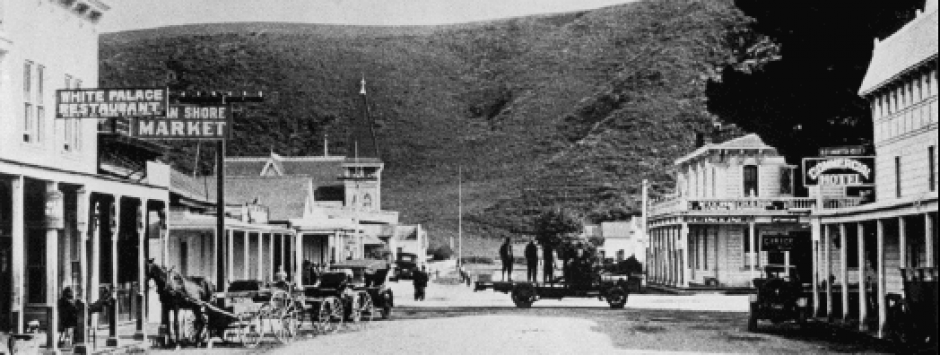[I wrote this in 1977.]
Two years after the Great Blaze of 1926, sheriff’s officers followed a guide who led them over a trail covered with a tangled mass of ferns, shrubs and fallen trees. As the deputies hiked carefully through this secluded valley in the hills east of Pescadero, they guessed at what they would see ahead.
Yet the officers were amazed when they saw the size of the “mountain moonshine colony.”
In the beautiful green valley the cops saw a series of log cabins, hastily abandoned. Inside the cabins deputies found large vats with a holding capacity of 1000 gallons. In the center of the moonshine colony stood a big building with an electrical generator and other machinery.
The only inhabitants left were two chained and starving police dogs. They were barking loudly and despite their emaciated condition, attempted to lunge at the “invaders” who shot them down.
Inside another cabin there were overturned chairs and tables, bullet holes in the walls and windows and splotches of dark blood on the floor. Everything pointed to a terrific gun battle.
The cops theory was that some sort of dissension divided the “colony.” A bitter feud developed settled with gunfired. Those left alive feared unwelcome guests and quickly dispersed.
But what happened to the bodies? Nobody answered that question.
When more distilling equipment was discovered concealed beneath a nest of shrubbery, the police were convinced the bootleggers would return.
The “Mountain Moonshine Colony” was shut down but whether the people who ran it were found and arrested, we may never know.
